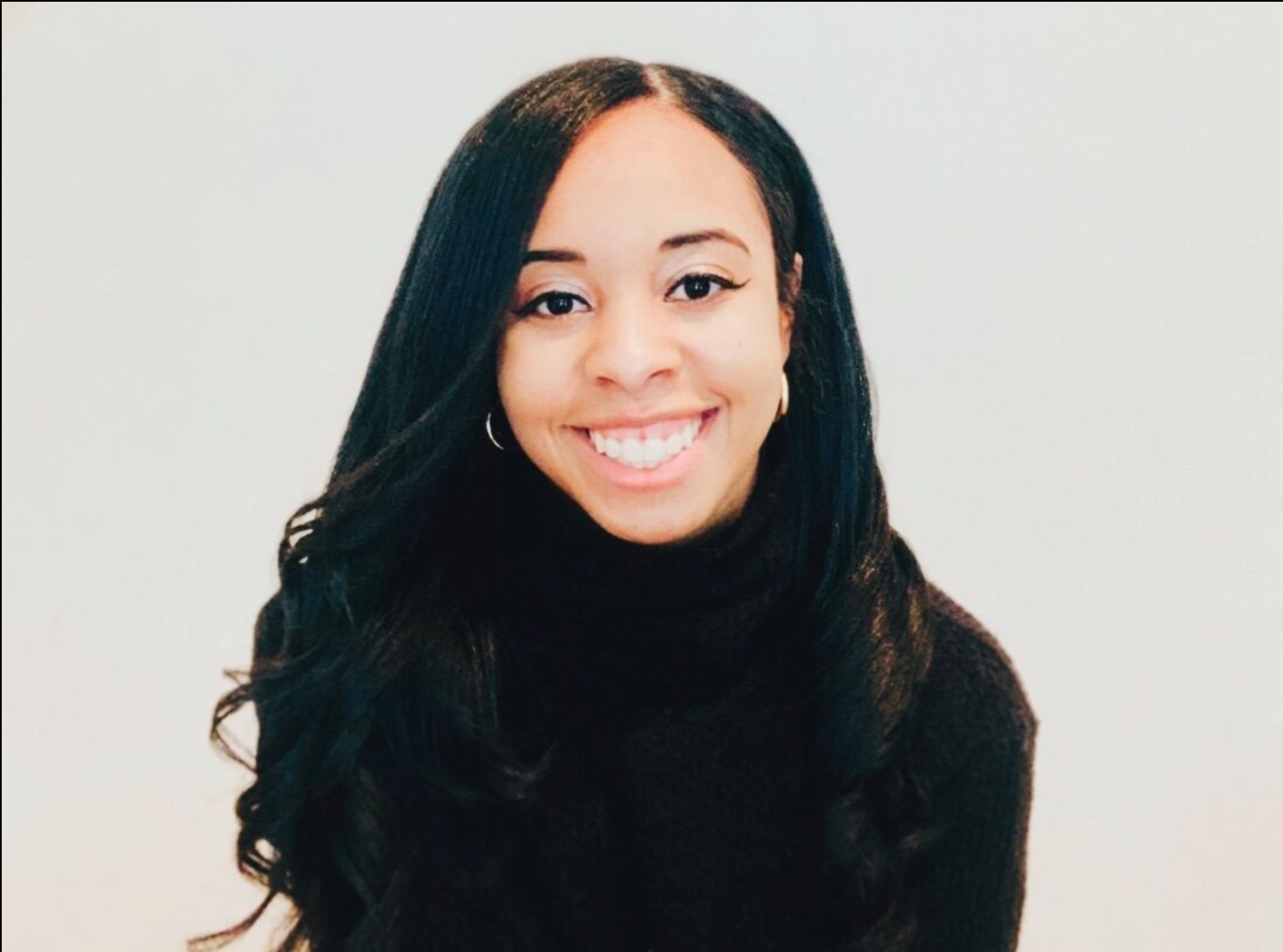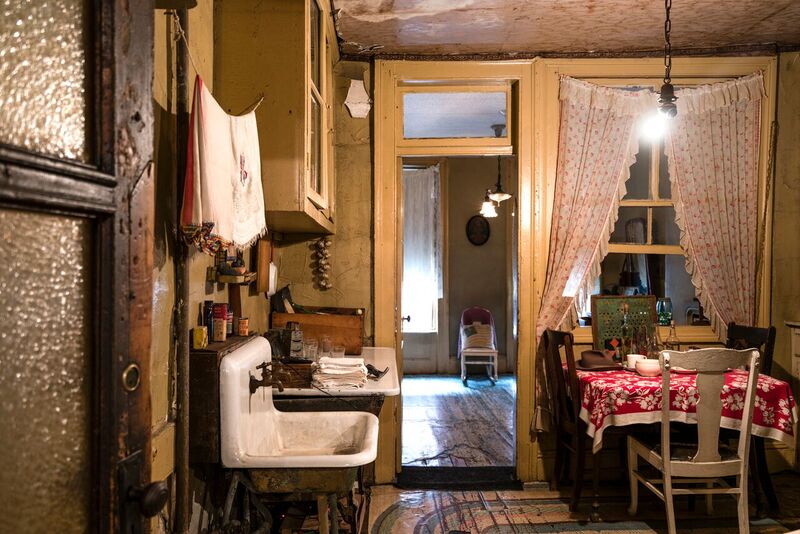Loyola MA Alumna Leads Re-interpretive Project at Lower East Side Tenement Museum

A June 9, 2021 article in the New York Times tells about an ongoing reinterpretation project at the Tenement Museum on New York City’s Lower East Side. The thrust of the project is an attempt to restore more African-American experiences and perspectives to what has largely been a Black-excluded narrative of American immigration. The Tenement Museum project coincides with larger revitalization efforts as museums across the country reopen from the COVID-19 pandemic and seek to confront race and racism’s role in the creation of historical narratives and provide more inclusive story’s of America’s rich and complex past.
Lauren O’Brien, a Loyola History MA alumna and a current PhD Candidate in American Studies at Rutgers University-Newark, has played a major role in the recent endeavors at the Tenement Museum. She shared with us the story of how she became involved:
“In 2019, the Tenement Museum issued a public call for proposals for a lead project scholar to develop a new walking tour in partnership with the NPS African Burial Ground and after a generous nudge of encouragement from a classmate I decided to apply. I was initially a little hesitant in applying because I didn’t consider myself yet a real “scholar” because I was still a PhD student. However, I had spent the past several years teaching undergraduate courses in African American history and archiving urban palimpsests of slavery and Black placemaking made invisible through urban renewal in cities like Chicago, Newark, Washington D.C. and Cape Town, South Africa. Additionally, my professional experiences in museums like the Smithsonian National Museum of African American History and Culture (NMAAHC) and the Jane Addams Hull-House Museum had enriched my understanding of African American history while simultaneously cultivating my skills in designing multimedia tours and exhibitions, facilitating community dialogues/public programming, and conducting archival research. Although each experience added a variety of unique skills to my professional repertoire, collectively they refined my professional toolkit, shaping me into a strong candidate for the Lead Project Scholar of a walking tour of African American history in Lower Manhattan.
“I spent about 10 months on the Reclaiming Black Spaces walking tour and built strong relationships with the staff and community partners during that time. Consequently, when the idea for the new Joseph Moore exhibit came about, I was invited back again as the primary research consultant.”

Lauren directed the Joseph Moore Exhibit, which is the Tenement Museum’s first major re-attempt to interpret Black family lives in some thirty years. Lauren described to us her responsibilities:
“For the Joseph Moore Exhibit, my main responsibility was to conduct research on a range of topics related to the story of a Black couple named Joseph and Rachel Moore, the history of Black residents in New Jersey and Lower Manhattan, and Irish-Black relations during the mid-19th century. The primary goal was to provide historical context for the world that Joseph and Rachel would have experienced and identify material culture and primary sources that could be used to reinterpret this story in a house museum exhibit.”
Lauren uncovered several interesting discoveries in the course of her work. “One that is my favorite was a 1989 letter to the Tenement Museum’s founders by a multi-generational Black New Yorker, named Gina Manuel. In her letter Manuel urged the founders, “when you are planning the museum, I beg of you, please, please don’t forget them…Their spirit walks those halls, and their bones lay in the earth there, and we remember them.” Manuel, the descendant of George T. Downing, a famous 19th century Black oyster restauranteur, was intentional in preserving and advocating for her ancestors’ histories, so my goal was truly to honor her work and many others invested in this story in a way that was authentic to the Tenement Museum.”
~~~~
Lauren was able to relate her work on the Joseph Moore project back to her experiences at Loyola. She said, “One of the first courses I took at LUC was HIST 480: Public History: Method and Theory with Dr. Mooney-Melvin and we had a group project to develop a neighborhood tour that would be pitched to the Rogers Park/West Ridge Historical Society. That project required a blend of archival history, community collaboration, and creativity that placed all the theoretical public history lessons learned in the classroom into practice. Although I had previously held some museum internships while an undergrad, I was a student on the MA US History track so that course was my first real introduction to public history and me beginning to imagine what a career in public history would look like for me.”
While she is wrapping up her doctoral degree program at Rutgers, Lauren is also a curriculum writer for the New York Public Library’s Schomburg Center for Research in Black Culture. She currently spearheads a project developing Black history curriculum for grades 6-12 utilizing primary source documents and artifacts from the Schomburg Center’s archival collection. Lauren is also looking forward to wrapping up her dissertation and defending this upcoming fall!
Finally, we asked Lauren what advice she would give current Loyola graduate students. “Be open to a wide range of career pathways and take a bold approach in “shooting” your professional shot. Don’t allow yourself to be boxed into what you think a public historian can do or is, there are so many projects that we are trained perfectly for but might have a job title we may not have considered. Rejection is tough, but I think imposter syndrome really blocks a lot of opportunities for graduate students. My grandmother encourages me to reframe the question of “Why me?” to “Why not me?”
